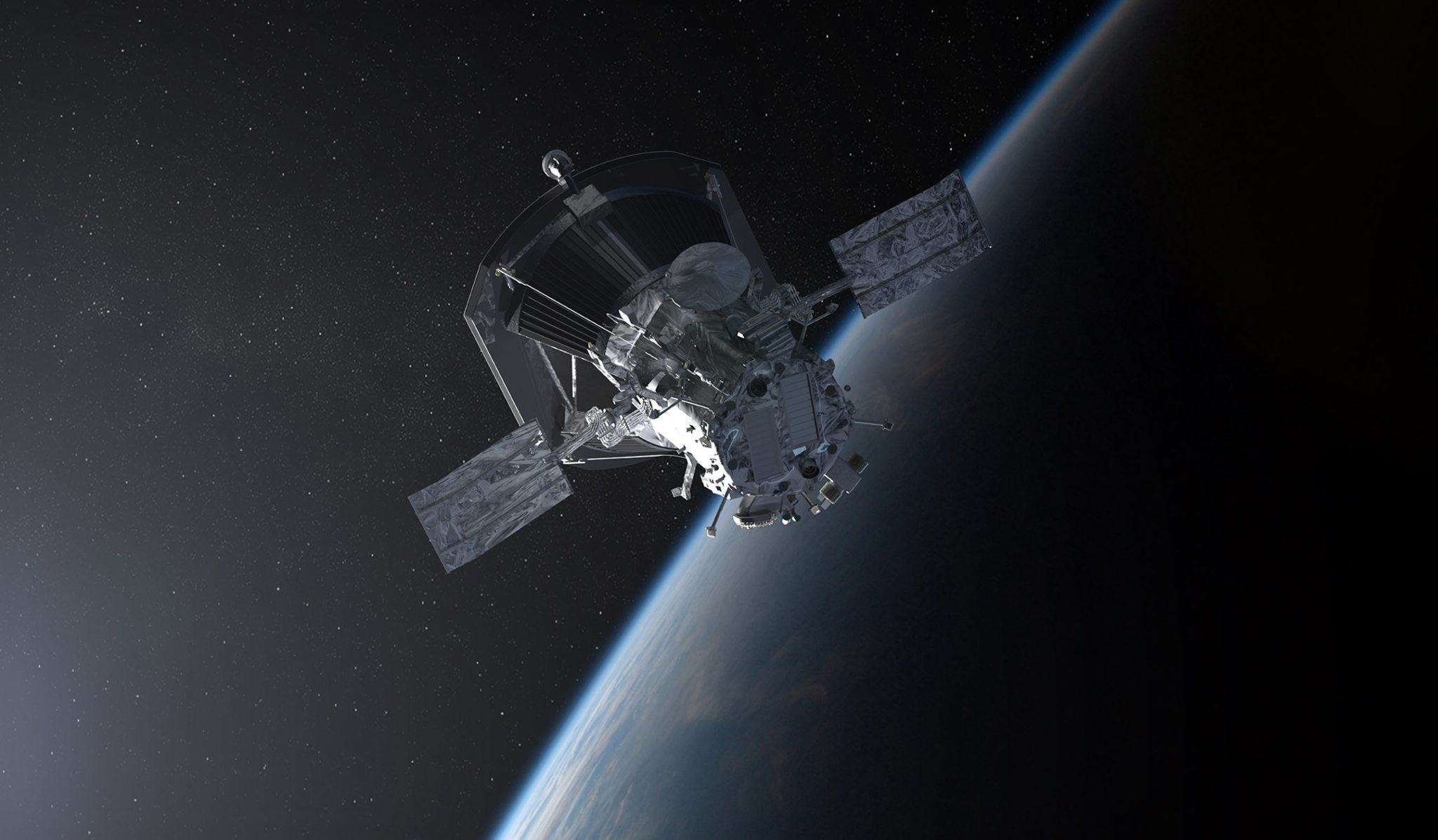NASA Solar Probe Reaches its First Target

The Parker Solar Probe has reached its first target, becoming the first man-made object to successfully get so close to the sun.
On November 7 the probe sent back an ‘’A’’ signal, the most positive out of four state messages, which means that the probe is in an optimal state. If some issues surfaced, they were probably corrected by the probe itself as it traveled through space.
A perihelion is the point at which an object is the closest to the sun. Parker reached the perihelion on November 5 while it moved with a mind-blowing speed of 213,200 miles per hour. For example, if a plane could fly at that speed it will take you from New York to Boston in a mere 3.7 seconds.
As expected, the bleeding edge heat shield keeps the probe cool. Even if the probe is at 15 million miles away from the sun the temperature is quite intense, measuring up to 820 degrees Fahrenheit. As Parker will go closer the temperature will increase considerably, reaching 2,500 degrees Fahrenheit.
The probe has is already holding two world records and this is only the first stage of the mission. The bar will be raised as Parker will get closer and its speed will continue to increase.
The last weeks weren’t particularly great for NASA. The iconic Kepler Telescope has been officially retired because it ran out of fuel. Dawn, which collected a lot of information about asteroids, has also been retired for the same reason as it can no longer be controlled nor send information towards Earth.
Opportunity is still missing in action but NASA has officially extended the search period. A planetary dust storm forced the solar-powered robot to enter a low-power hibernation mode. The storm is now over but Opportunity didn’t wake up. It remains to be seen if NASA will be able to find the rover.
Parker’s mission will last seven years as researchers hope to learn more about the origin of sun and how it changed over time.
0 comments